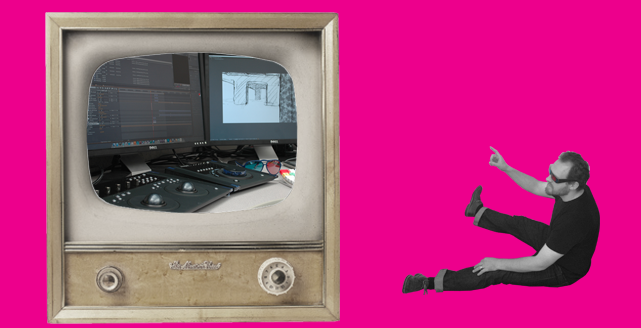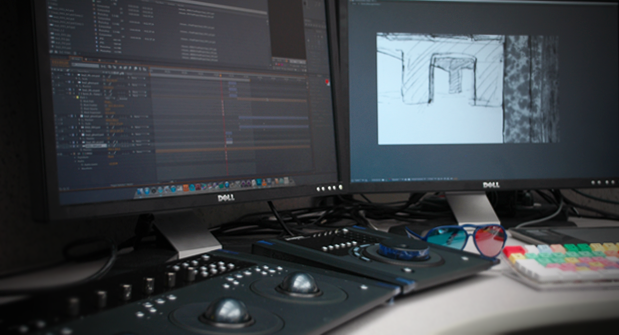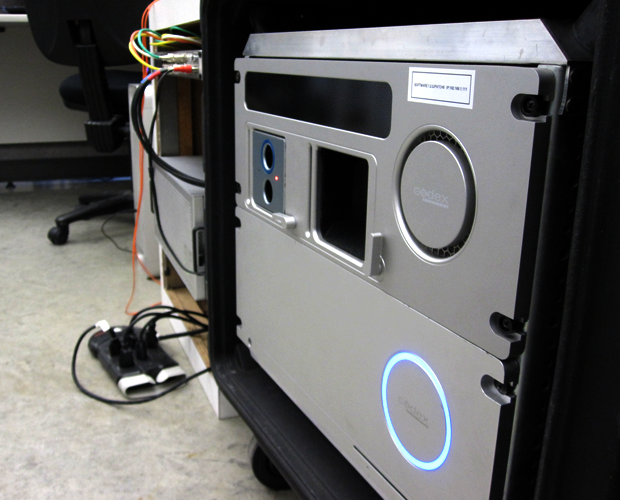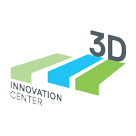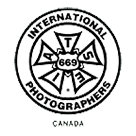What is the S3D post production station comprised of?
The post production station has been assembled using the latest technology and artistic tools for S3D capture, editing, colour grading and compositing. The station is made up of a dozens of pieces of hardware and software, all tested extensively to ensure their stability with one another and compatibility. The heart of the station is an Apple desktop computer with an Intel processor that runs off RAID optics with a NVIDIA Quadro 4800 graphics card. We run an AJA Kona 3 breakout box for stereo output to monitoring devices, and for any HDCAM SR tape relay. We have a CODEX capture solution, which works very well with the Kernercam 3D system. Software includes AVID for offline and online editing, as well as Final Cut Studio, Adobe Master suite, Frame Forge pre-visualization tools, and DaVinci Resolve Colour grading software. We also have Stereo 3D specific products: Dashwood Stereo 3D Toolbox and Cineform/GoPro software.
How new are these technologies?
Some of these solutions have been manufactured for many years, such as AVID. Recently manufacturers have become more competitive as they see a new market within S3D post production, so they are beginning to drop their prices and integrate tools that are refreshingly brand new. As S3D productions become more flexible, such as shooting high frame rates for example, certain storage solutions will drop in price and thus creating a more accessible atmosphere for people interested in S3D post production. There are new tools being added routinely to software to manage a H.I.T (Horizontal Image Translation) and Floating Windows which are concepts specific to S3D and this is a great step for companies to take.
The desktop – the heart of the S3D post production station.
Who uses it? Which sectors of industry use S3D post production solutions?
We are now seeing more diverse users of these hardware and software solutions, because even just a few years ago newcomers were being priced out of the market. Many companies are introducing ‘lite’ or free demo type releases of their products, which enables students and new start ups to introduce themselves to Stereo 3D industry tools. Some of the more expensive solutions, such as SGO Mistika and Quantel Pablo systems are very excellent but cost upwards of $150K. For a large studio that is an affordable investment, but not practical for most people. The interesting thing we are seeing is that these tools are not being only used by the film industry, but also the scientific, medical and research areas as well.
What are some comparable/competing solutions and how do they differ?
Some systems come fully integrated and are custom set up for the person who orders it. Other solutions work straight out of a box, like Cineform Studio and Final Cut Pro. Other than price point, there are different reasons to choose one software over another; Avid is known for its media management capabilities and Final Cut is known for its ease of use. Adobe software is known for its full integration within its own software and now they have acquired high profile products like the Iridas technology, which will enable them to compete at a very high professional level. The Davinci Resolve colour grading software is another excellent solution for fostering creativity in your work. We have added AVID’s line of Artist Series control panels for refined detail work on video projects, and this solution works very well at a price point lower than most surfaces.
The Codex recorder.
Where does one start with regards to producing stereo 3D content?
When considering all the new and old post production tools that exist, it is easy to become overwhelmed by the technology and see these solutions as ‘just’ tools. The most important thing to remember is that while the tools are important, it is your knowledge, creativity and skills that drive the success in your work. Learning the tools is one step, while experimenting and sometimes problem solving are also very important steps in becoming a master of your work. It is easy to see the work people are doing with the simplest and least expensive systems on the market on GoPro’s Twitter “Video of the Day” and become very inspired by it. Similarly, you can go to the movie theatre and watch Wim Wender’s “Pina” which is a 3D masterpiece of a grander scale. Working in post production for S3D projects does have many differences from 2D projects, and these solutions exist to help ease the challenges and also create more creative options for you. The key is not to get discouraged, but to understand that you might need to do more research before you start your project and allocate yourself more time to enjoy the process of creating an S3D project.
